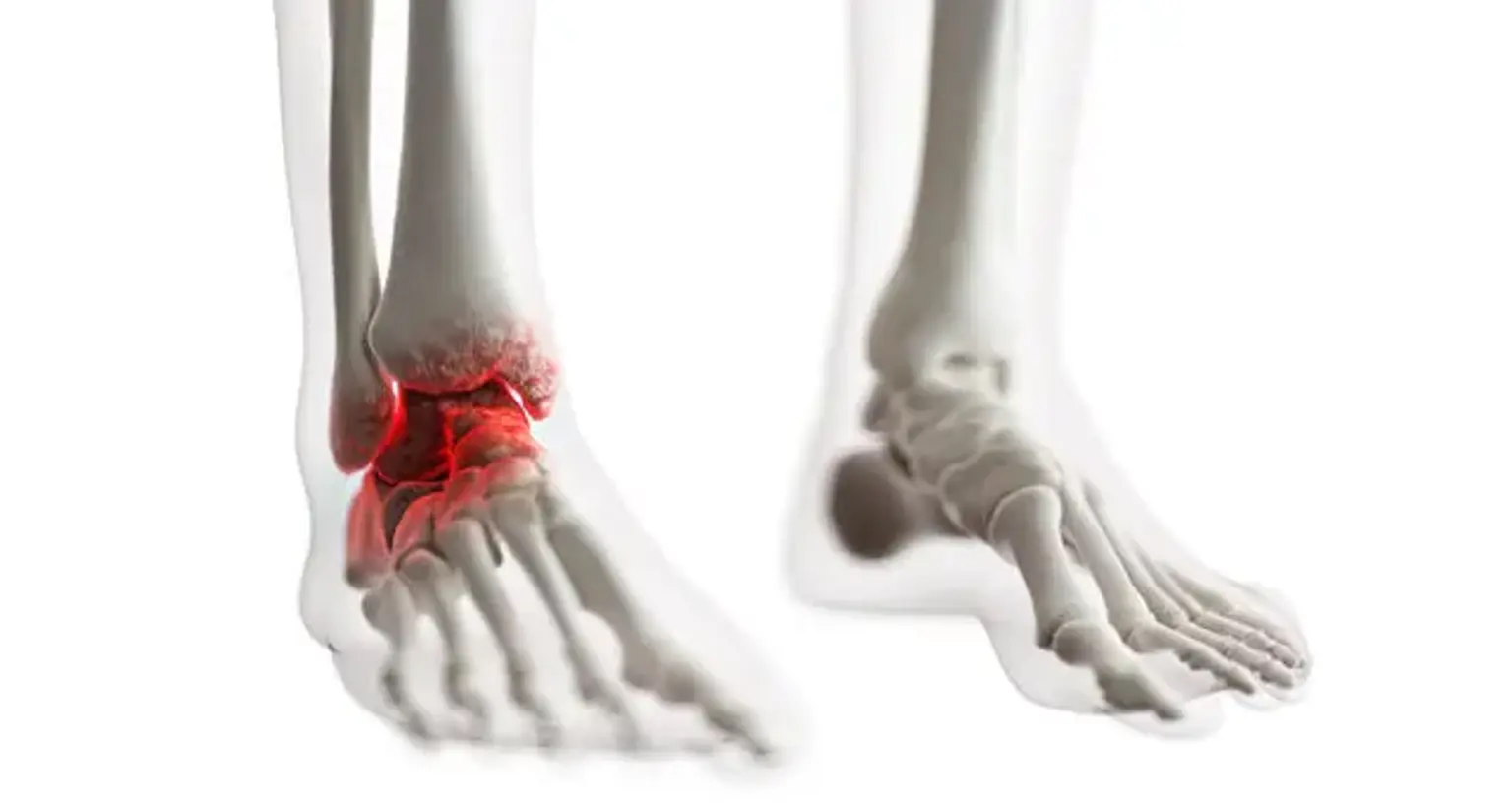Abnormalities in Bone
Bone is a living tissue that is continuously altered in order to ensure a strong bone, which is necessary for the efficient and long-term performance of vital skeletal activities. Bone has three important functions: first, it gives support and connection points for muscles; second, it covers key organs such as the bone marrow and brain; and third, it acts as a metabolic tissue with significant calcium and phosphate stores. The cortical bone has a mechanical role and protects the body, whereas the trabecular bone serves as a source of strength and, more critically, the bulk of metabolic activity. Because trabecular bone is the primary location of bone turnover, it is also the site of bone remodeling disorders, commonly known as metabolic bone diseases. Bone remodeling is a physiological phenomenon wherein osteoclasts (bone-resorbing cells) destroy diseased or damaged bone and osteoblasts replace it with new bone (i.e., bone-forming cells).
Bone is made up of 10 percent cells, 60 percent mineral crystals (crystalline hydroxyapatite), and 30 percent organic matrix material. Type 1 collagen accounts for 88 percent of the matrix material, with other proteins accounting for 10 percent and lipids and glycosaminoglycans (GAGs) accounting for 1–2 percent. Normal bone remodeling maintains a strict equilibrium between bone resorption (mediated by osteoclasts) and bone production (mediated by osteoblasts) to guarantee that there are no large net changes in bone density or mechanical strength following each remodeling cycle in mature normal healthy bone. The coupling of bone production and bone resorption, which includes a number of synchronized signaling systems, regulates appropriate equilibrium. Nonetheless, under some disease conditions, a mismatch between bone resorption and bone production can occur, leading to aberrant bone remodeling and the development of bone diseases.
